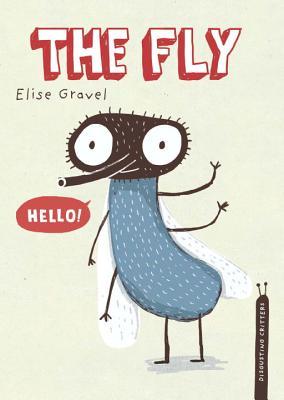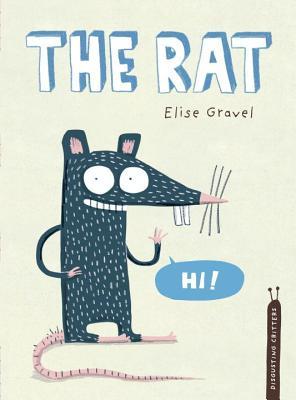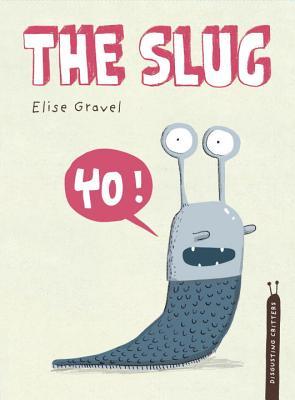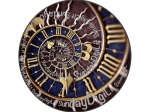This is one of a series of blog posts that continue the conversation around Still Learning to Read--teaching reading to students in grades 3-6. This series will run on the blog on Tuesdays starting in August 2016.
I love getting to know my students early in the school year. There is so much to learn and so many things to get to know about each child. The first six weeks of school is definitely not easy, but taking the time to get to know each student as a person and as a learner is so important.
In Ohio, we have a 3rd Grade Guarantee Law. No matter where you live, you are most likely living with some mandates that require an emphasis on standardized tests. When you are dealing with mandates and laws like these, it is easy to forget all of the things we know and understand about literacy and learning and to go through the motions of the paperwork required and to rely on standardized test scores alone. The test scores tell us something about a child, but they do not tell us everything we need to know to plan good instruction. I decided a few years ago that I had a choice as a classroom teacher. I try to do the best I can to meet the requirements of the law while working in ways that make sense for young children. It takes a bit of extra time and intentional planning but I know that meeting a child's needs requires more than a single test score.
In Ohio we give a state reading test in the fall and the spring. Districts also have the option to give alternate tests for kids to show what they know. Our district provides each teacher with the Developmental Reading Assessment and I always sit down with every child to chat about their reading in an informal Reading Interview. I also spend the first weeks of school taking anecdotal notes about things I notice during independent reading time, mini lesson time, and read aloud time.
Each time I assess a child (with a standardized or more informal assessment), I try to pull out the most important things from the assessment-the things that seems to be the most important thing to know about that child right now. Then I look across all of the assessments to notice patterns and ask myself questions like:
- Are there any outliers in the assessments? Something that doesn't fit the rest of the information?
- Does the child do better with long text or shorter text? Can he/she hold onto a story/idea of time?
- Are there patterns across strengths and weaknesses across assessments?
- How does this child define reading?
- Is this child an engaged reader?
- What strengths does this child have that can be built on?
- What is the one thing that seems to be most critical for this child to move forward as a reader?
To do this I use what I call an Assessment Web. I want to look across several pieces of information about my students in order to plan for instruction that matters for them. I can't look at a level or a test score or an area of weakness and know what to do or how best to support a young reader. Instead I need to look hard at all types of data and information to determine what is the most important next step for a child. In our book Day-to-Day Assessment in the Reading Workshop, I shared the way that I create an Assessment Web for each child. The Assessment Web lets me think about all the pieces of information I gather about a child as a learner during the first few weeks of school and for me, the web allows me to see how they all work together, without one being more important than the other. I often use this web to share with parents at conference time. My categories change a bit based on the assessments we are required to give or the patterns I see but overall my web usually looks something like this:
Some years, instead of an assessment web, I compile the data on a form that is on page 83 in the second edition of Still Learning to Read. This one is a bit easier and allows me to more easily look across grouping of students and patterns across the class. But it doesn't give me a single page on each student that I can use as the year progresses and add changes, updates, etc.
Of course, the form doesn't matter--it just helps me make it easier for me to look across multiple pieces of information on a child. In order 'to move forward with targeted instructional planning after these first few weeks of school, this step has always been critical for me. Since I started using a form like this over a decade ago, we've had new standards, new tests and new mandates. But the idea of the form continues to work for me as I try to look at all the data and information I have on a child in order to make the best instructional decisions possible for a child.
(You can follow the conversation using the hashtag #SLficuciaryTRead or you can join us for a book chat on Facebook that began this week by joining our group here.)
Our new edition of Still Learning to Read was released last week!
You can order it online at Stenhouse!








































